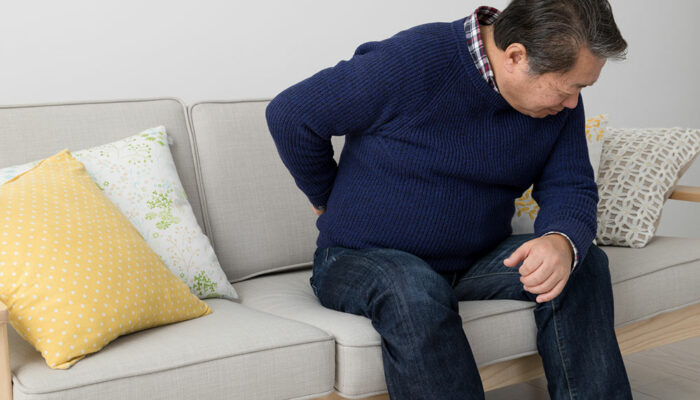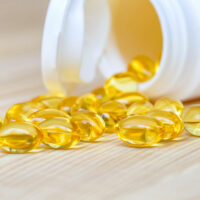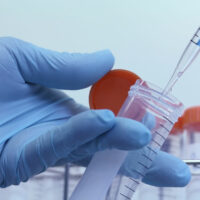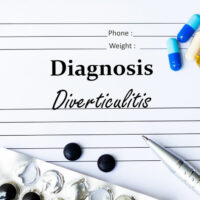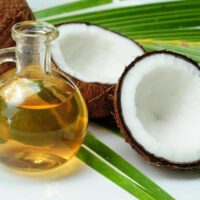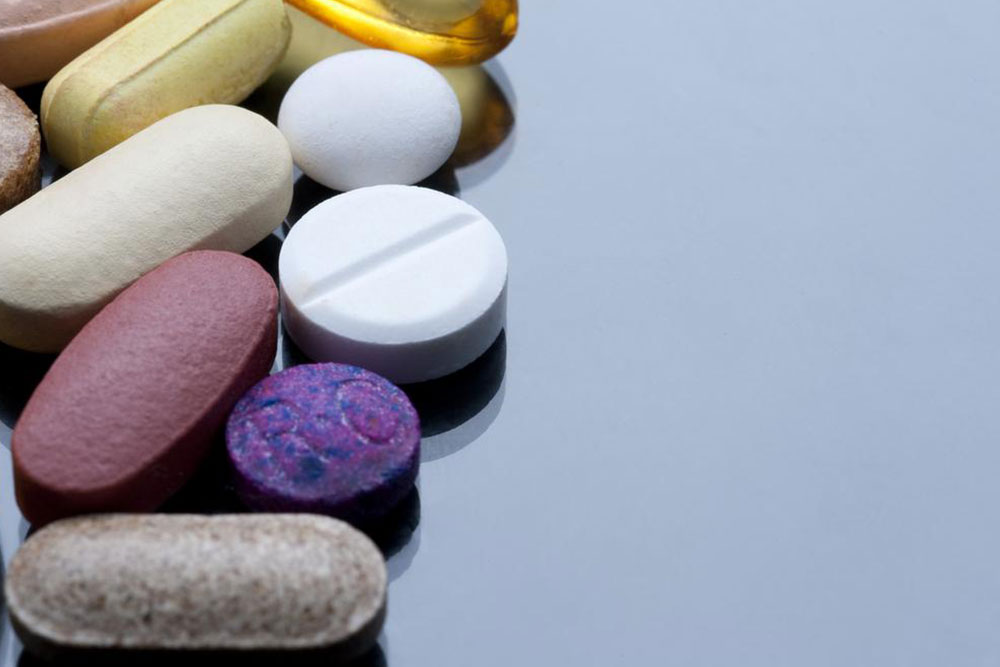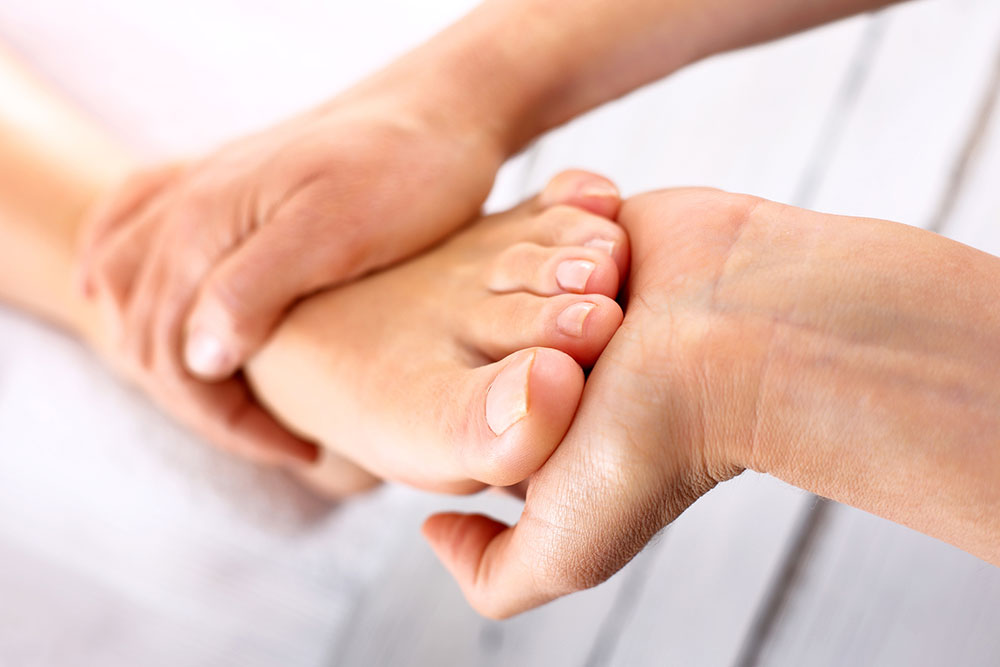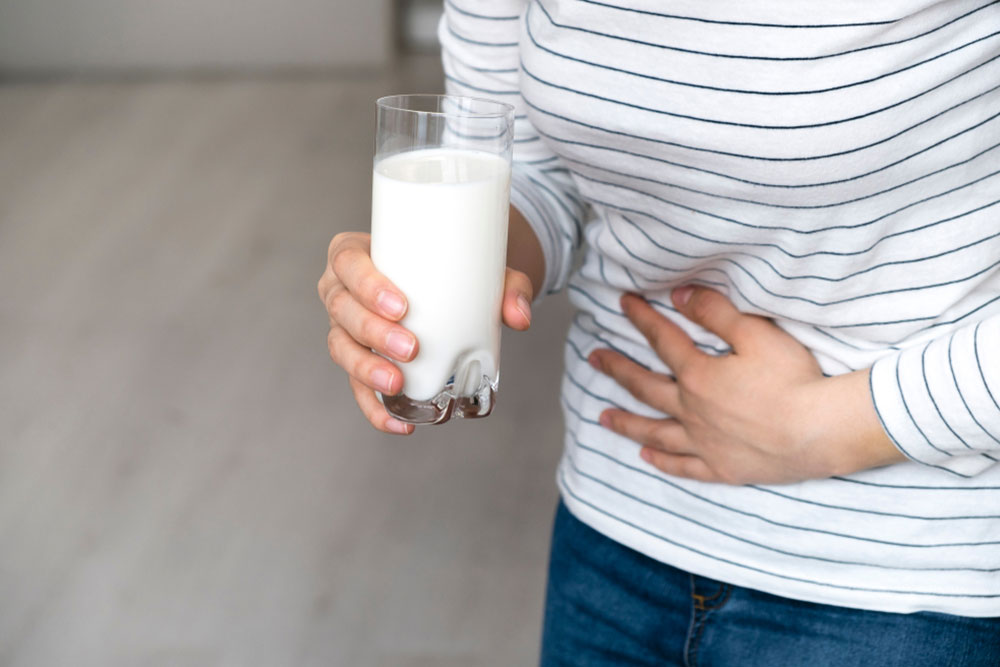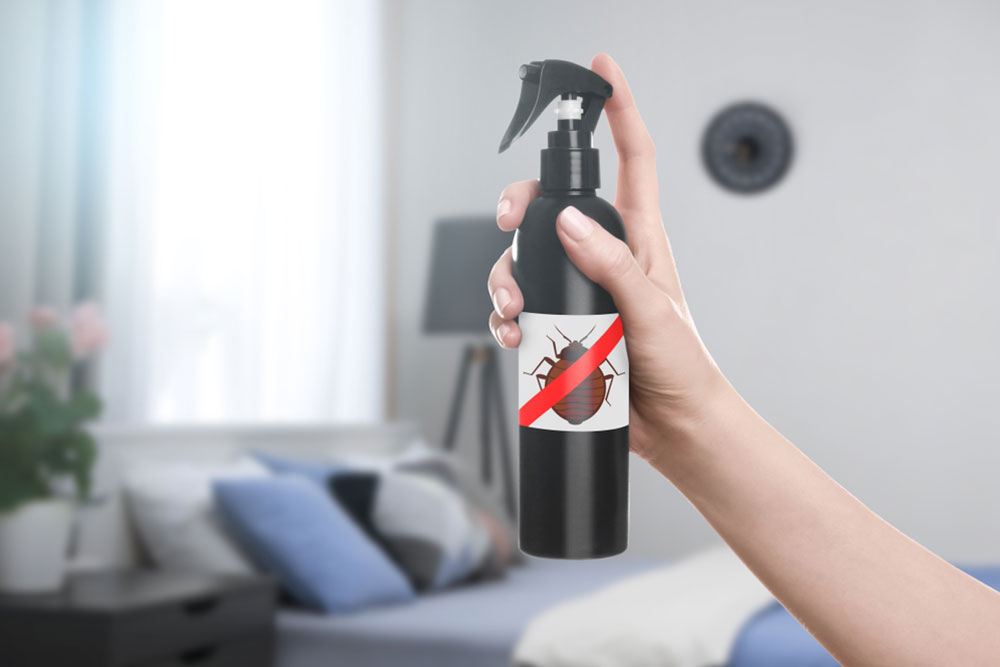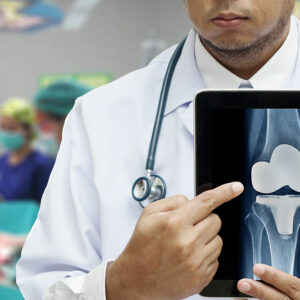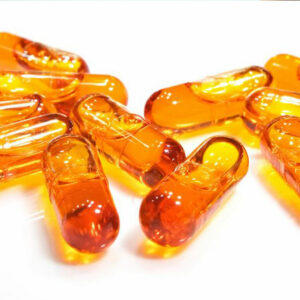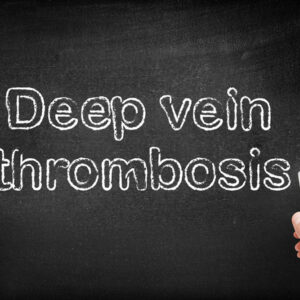Symptoms and Remedies for Sinus
Many people suffer from a headache on a daily basis. A headache is caused due to various reasons like stress at work, common cold and it can even pop up without any reason. But at times, a headache may be more persistent and irritating than always. One of the reasons for this to happen could be a sinus. A sinus headache is usually accompanied by a runny nose, facial pain, and nasal congestion. It is a chronic or an acute disease that has affected the daily lives of countless people. You can also be among them if you don’t take precautions to prevent it. For more information about the causes and remedies for sinus, please read on. What are sinuses? These are empty glands that are connected to the hollow cavities of the skull. The common misunderstanding that people possess about these glands is that there are only two of these present at the beginning of the bridge of the nose. Actually, these glands are present over the entire nasal path and vary in size. This misconception of only two sinuses arose as sinus headaches were acute at two points residing at the starting of the nose bridge. These are actually the Frontal Sinuses. There are sinuses between your eyes and even in the bones behind your nose. The largest sinuses, the maxillary sinuses are located in your cheekbones. Their main purpose is to help humidify and filter the air. Their purpose is still a hypothetical statement. Even experts don’t know the reason for the existence of the sinuses. Symptoms of sinus headaches The sinus infection (Sinusitis) is caused due to the inflation in the nasal cavity. This causes blockages and eventually severe headaches. Before deciding the remedies for sinus, one needs to know the symptoms that indicate a presence of sinusitis.
Read More 